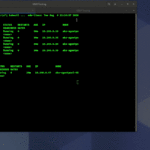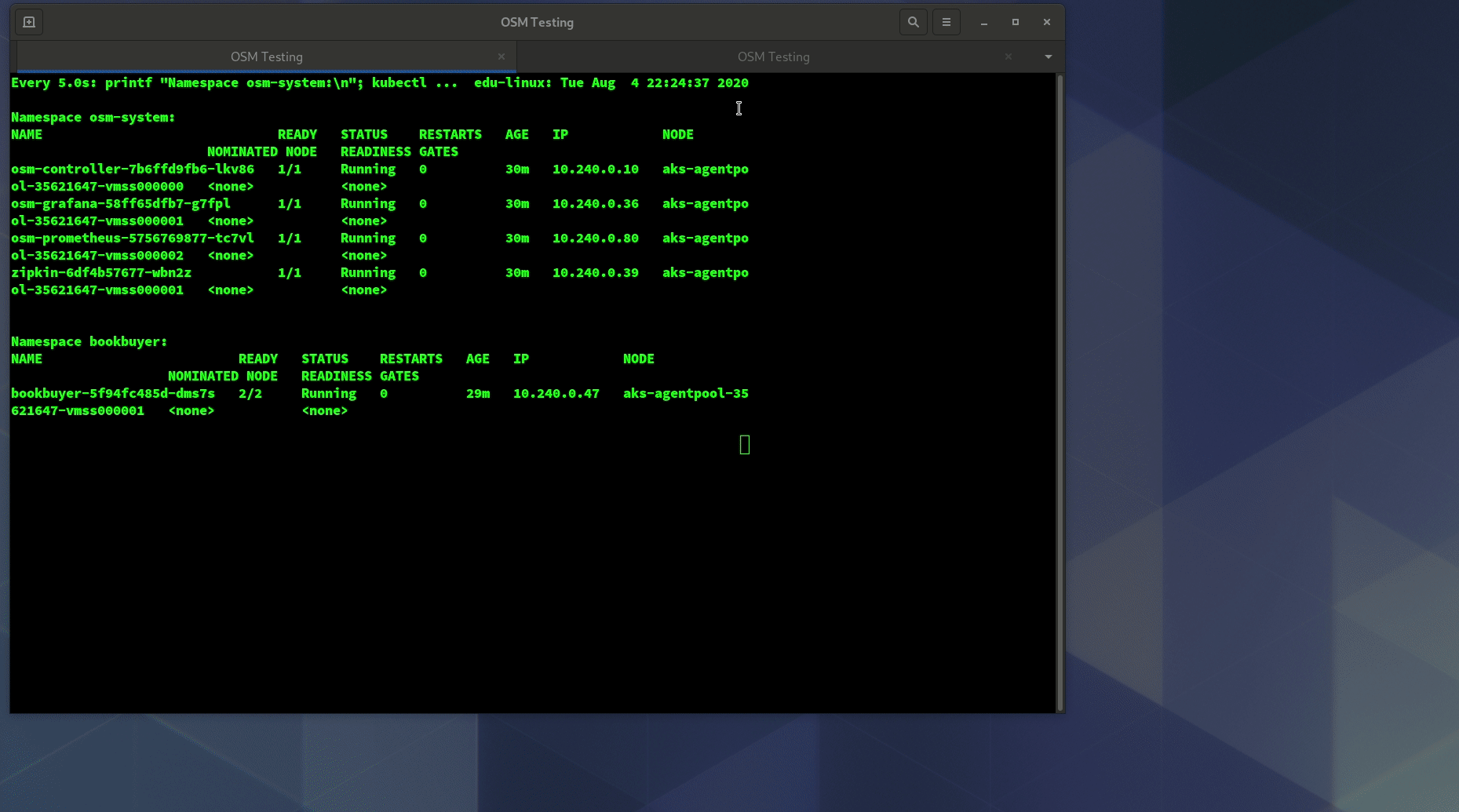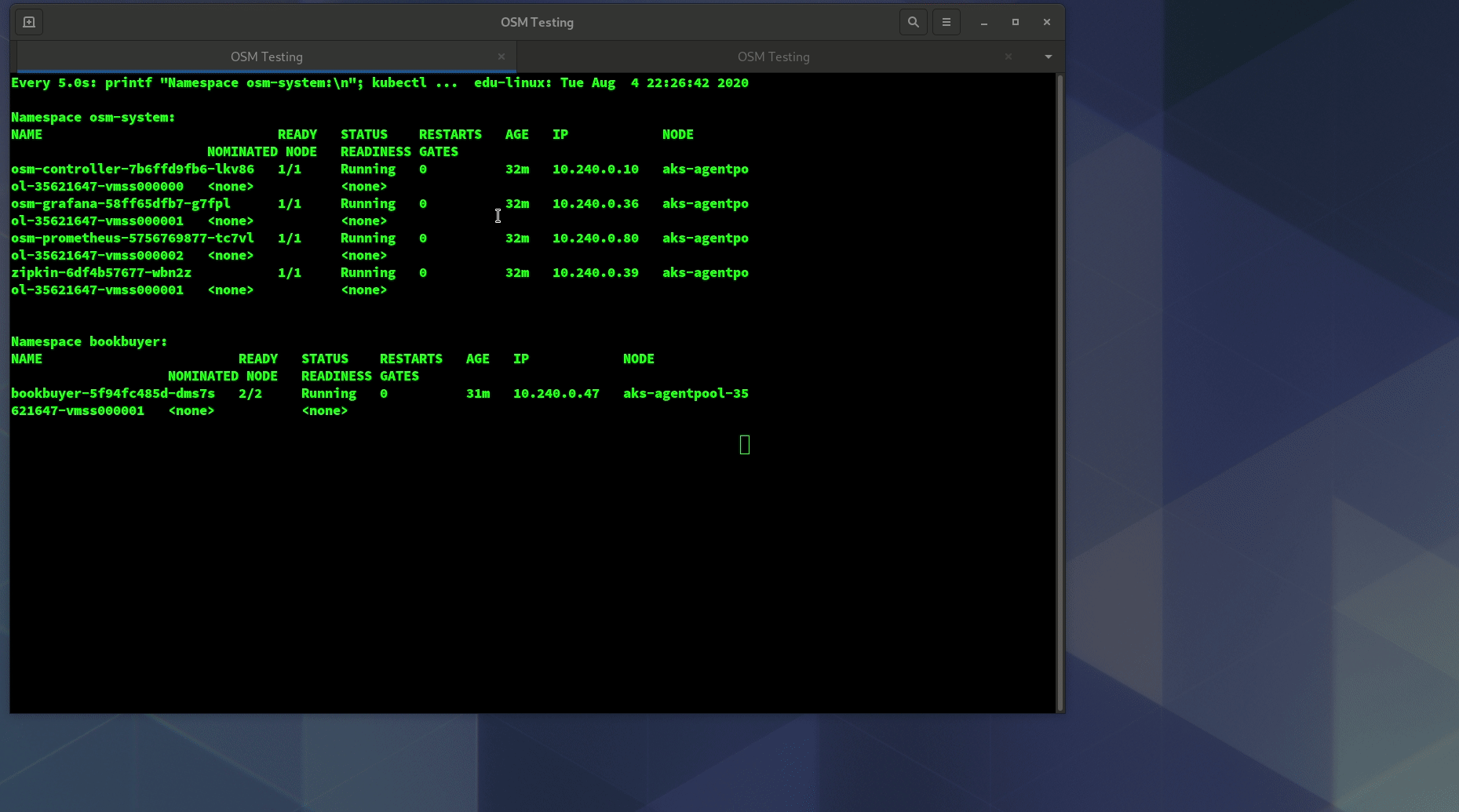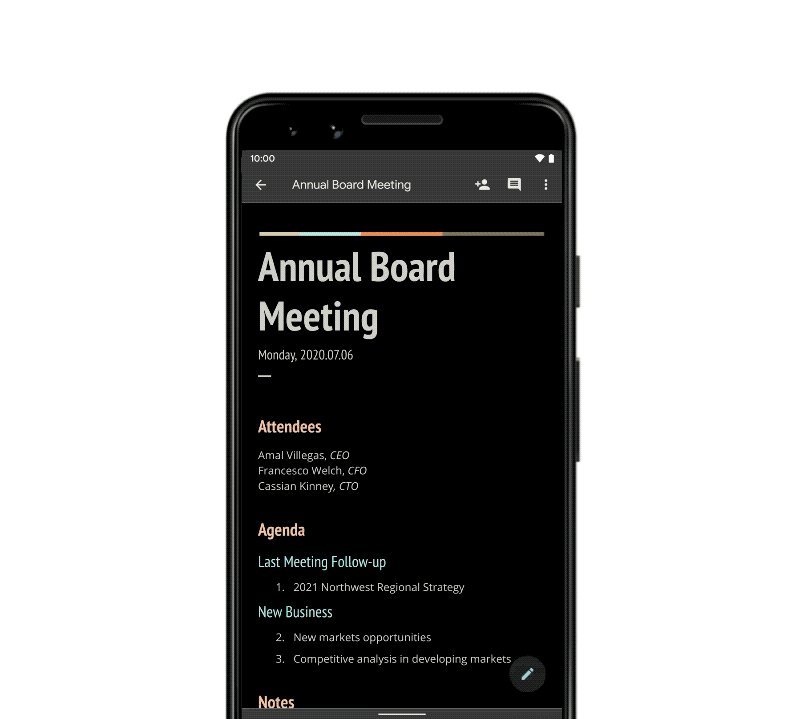Tim Bray is a software technologist based in Vancouver, B.C. and
a former vice president and Distinguished Engineer at Amazon Web Services.
America’s technology industry, radiating brilliance and profitability from its Silicon Valley home base, was until recently a shining beacon of what made America great: Science, progress, entrepreneurship. But public opinion has swung against big tech amazingly fast and far; negative views doubled between 2015 and 2019 from 17% to 34%. The list of concerns is long and includes privacy, treatment of workers, marketplace fairness, the carnage among ad-supported publications and the poisoning of public discourse.
But there’s one big issue behind all of these: An industry ravenous for growth, profit and power, that has failed at treating its employees, its customers and the inhabitants of society at large as human beings. Bear in mind that products, companies and ecosystems are built by people, for people. They reflect the values of the society around them, and right now, America’s values are in a troubled state.
We both have a lot of respect and affection for the United States, birthplace of the microprocessor and the electric guitar. We could have pursued our tech careers there, but we’ve declined repeated invitations and chosen to stay at home here in Canada . If you want to build technology to be harnessed for equity, diversity and social advancement of the many, rather than freedom and inclusion for the few, we think Canada is a good place to do it.
U.S. big tech is correctly seen as having too much money, too much power and too little accountability. Those at the top clearly see the best effects of their innovations, but rarely the social costs. They make great things — but they also disrupt lives, invade privacy and abuse their platforms.
We both came of age at a time when tech aspired to something better, and so did some of today’s tech giants. Four big tech CEOs recently testified in front of Congress. They were grilled about alleged antitrust abuses, although many of us watching were thinking about other ills associated with some of these companies: tax avoidance, privacy breaches, data mining, surveillance, censorship, the spread of false news, toxic byproducts, disregard for employee welfare.
But the industry’s problem isn’t really the products themselves — or the people who build them. Tech workers tend to be dramatically more progressive than the companies they work for, as Facebook staff showed in their recent walkout over President Donald Trump’s posts.
Big tech’s problem is that it amplifies the issues Americans are struggling with more broadly. That includes economic polarization, which is echoed in big-tech financial statements, and the race politics that prevent tech (among other industries) from being more inclusive to minorities and talented immigrants.
We’re particularly struck by the Trump administration’s recent moves to deny opportunities to H-1B visa holders. Coming after several years of family separations, visa bans and anti-immigrant rhetoric, it seems almost calculated to send IT experts, engineers, programmers, researchers, doctors, entrepreneurs and future leaders from around the world — the kind of talented newcomers who built America’s current prosperity — fleeing to more receptive shores.
One of those shores is Canada’s; that’s where we live and work. Our country has long courted immigration, but it’s turned around its longstanding brain-drain problem in recent years with policies designed to scoop up talented people who feel uncomfortable or unwanted in America. We have an immigration program, the Global Talent Stream, that helps innovative companies fast-track foreign workers with specialized skills. Cities like Toronto, Montreal, Waterloo and Vancouver have been leading North America in tech job creation during the Trump years, fuelled by outposts of the big international tech companies but also by scaled-up domestic firms that do things the Canadian way, such as enterprise software developer OpenText (one of us is a co-founder) and e-commerce giant Shopify.
“Canada is awesome. Give it a try,” Shopify CEO Tobi Lütke told disaffected U.S. tech workers on Twitter recently.
But it’s not just about policy; it’s about underlying values. Canada is exceptionally comfortable with diversity, in theory (as expressed in immigration policy) and practice (just walk down a street in Vancouver or Toronto). We’re not perfect, but we have been competently led and reasonably successful in recognizing the issues we need to deal with. And our social contract is more cooperative and inclusive.
Yes, that means public health care with no copays, but it also means more emphasis on sustainability, corporate responsibility and a more collaborative strain of capitalism. Our federal and provincial governments have mostly been applauded for their gusher of stimulative wage subsidies and grants meant to sustain small businesses and tech talent during the pandemic, whereas Washington’s response now appears to have been formulated in part to funnel public money to elites.
American big tech today feels morally adrift, which leads to losing out on talented people who want to live the values Silicon Valley used to stand for — not just wealth, freedom and the few, but inclusivity, diversity and the many. Canada is just one alternative to the U.S. model, but it’s the alternative we know best and the one just across the border, with loads of technology job openings.
It wouldn’t surprise us if more tech refugees find themselves voting with their feet.

Powered by WPeMatico















